New rural garden
photogman
9 years ago
Related Stories
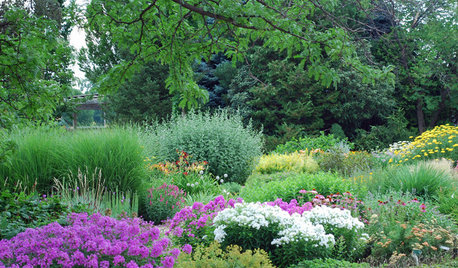
LANDSCAPE DESIGNTake Your Garden on a Rural Route With Plant-Dominant Designs
Let plants take center stage for a garden that recalls idyllic pastures fashioned by nature's hand
Full Story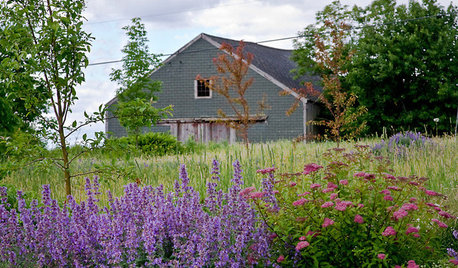
GARDENING AND LANDSCAPINGLandscape Tour: Two Acres of Rural Hillside in Maine
An orchard of crab apples, a grove of sugar maples, even a hayfield ... pastoral landscape beauty doesn't get more idyllic than this
Full Story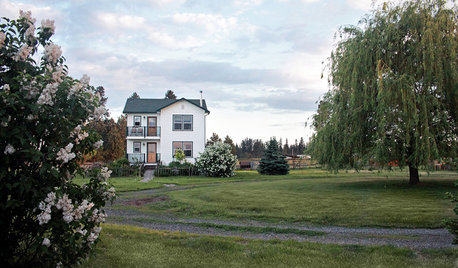
HOUZZ TOURSMy Houzz: Northwest Couple Make a Rural Homestead Their Own
Country life agrees with these first-time homeowners, who have decorated their farmhouse in a rustic, low-key style
Full Story
HOUZZ TOURSMy Houzz: Brooklynites Take Up a Rural 1940s Farmhouse
A city-dwelling family plants new roots in upstate New York, remodeling their digs with cheerful, colorful touches
Full Story
HOUZZ TOURSMy Houzz: Transitional Style in Rural New Jersey
Windows aplenty and an uncluttered design help transform a dark and cramped colonial into a light-filled retreat
Full Story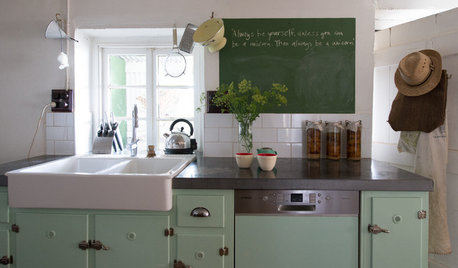
HOUZZ TOURSMy Houzz: Ease and Coziness in Rural Australia
Nothing is ‘too fancy or perfect’ in this 150-year-old bluestone farmhouse, but everything sure is warm and inviting
Full Story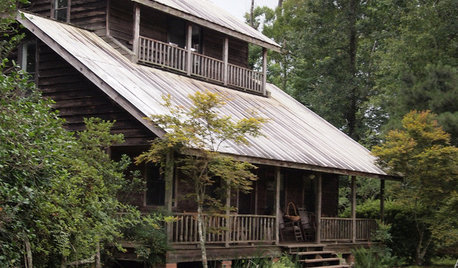
MY HOUZZMy Houzz: Rustic Charm in Rural Louisiana
See how wood warms the interior of this idyllic cabin getaway for art gallery owners
Full Story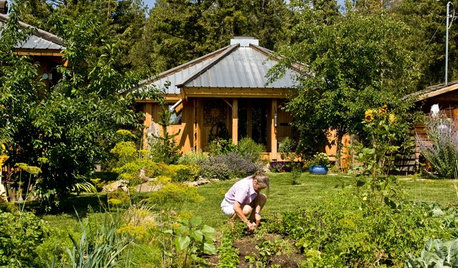
HOUZZ TOURSHouzz Tour: Pint-Size Cabin in Rural Canada
An ecofriendly and cost-effective house smaller than 300 square feet offers a fresh start
Full Story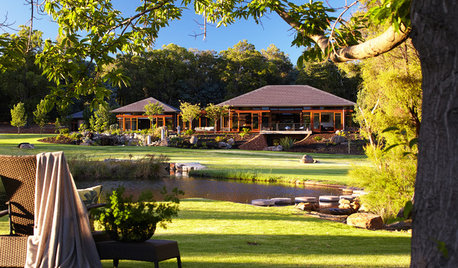
HOUZZ TOURSWe Can Dream: Rural Retirement Home a Haven of Beauty and Tranquillity
A retired couple builds a spacious Japanese-inspired indoor-outdoor sanctuary to enjoy with extended family
Full Story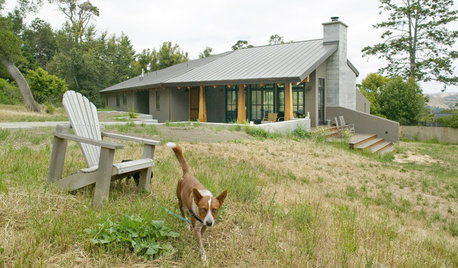
CONTEMPORARY HOMESHouzz Tour: Modern Meets Rustic in Rural Marin County
A lodge-like home is an oasis for an artistic, outdoorsy family
Full Story







cold_weather_is_evil
elisa_z5
Related Professionals
East Rancho Dominguez Landscape Architects & Landscape Designers · Lakewood Landscape Architects & Landscape Designers · Paradise Landscape Architects & Landscape Designers · Andover Landscape Contractors · Blue Springs Landscape Contractors · Fair Oaks Landscape Contractors · Hilton Head Island Landscape Contractors · Homewood Landscape Contractors · Kaysville Landscape Contractors · Lexington Landscape Contractors · Reisterstown Landscape Contractors · Castle Rock Decks, Patios & Outdoor Enclosures · Glendale Decks, Patios & Outdoor Enclosures · Rosemont Decks, Patios & Outdoor Enclosures · Okolona Stone, Pavers & Concretenc_crn
Kimmsr
pnbrown
wayne_5 zone 6a Central Indiana
lazy_gardens